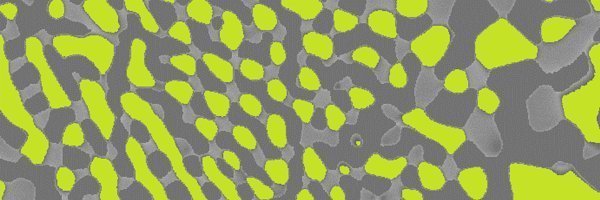The Magnetic Moment Tensor Potentials (mMTPs) are a class of machine-learning interatomic potentials, which could accurately reproduce both vibrational and magnetic degrees of freedom as provided, e.g., from first-principles calculations [1]. Application to prototypical bcc iron has demonstrated that these potentials are capable to quantitatively…


